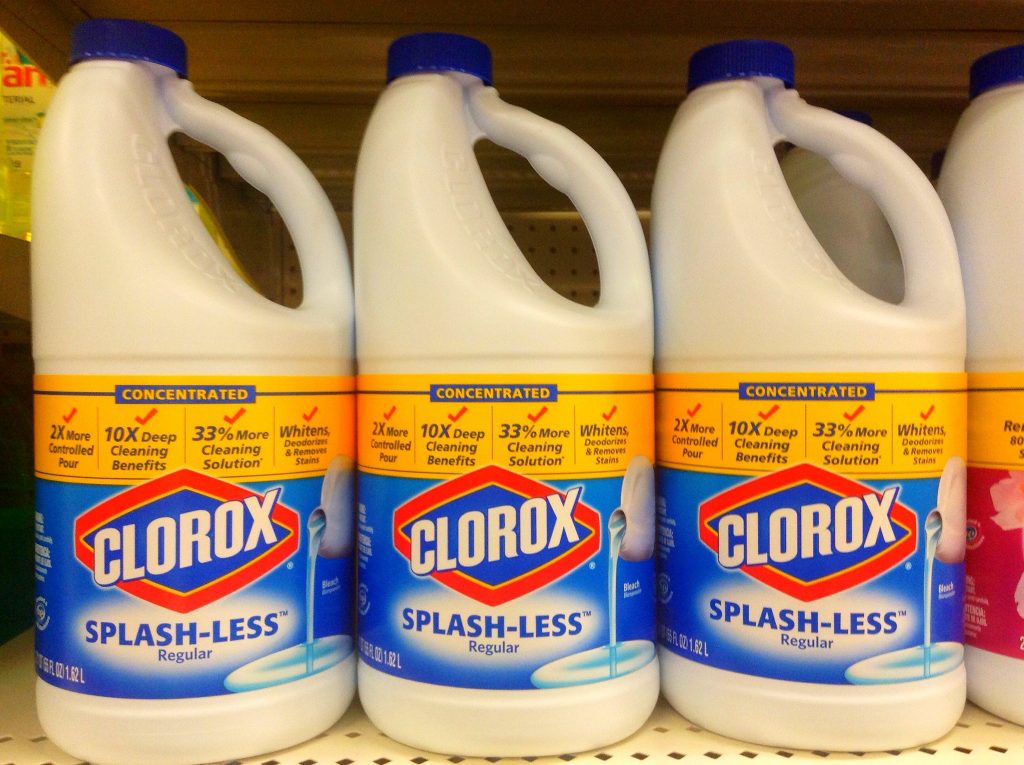Wherever people gather, they leave behind germs that can lurk on surfaces for hours, waiting for someone else to pick them up. From workplaces to public spaces, disinfecting shared facilities is important even in the best of times. During a pandemic, it’s crucial. An important element of proper disinfection is to understand common dwell times for disinfectants.
With powerful cleaning products at our fingertips, it’s easier than ever to eliminate harmful viruses and bacteria. But disinfecting isn’t just about which product you use. It’s a process, and doing it incorrectly can leave behind pathogens that may multiply and infect others.
When using disinfectants, the most important factor by far is using the proper dwell times for disinfectants, or how long it needs to remain on the surface to kill disease-causing germs. Disinfectants don’t work instantly; they need time to break down the cell membranes that surround bacteria and viruses. The Environmental Protection Agency (EPA) defines dwell time as, “the amount of time that a sanitizer or disinfectant must be in contact with the surface, and remain wet, in order to achieve the product’s advertised kill rate.”
Without the proper dwell time, a product may leave the surface clean, but it won’t disinfect. To protect your facility against the coronavirus, here’s what you need to know about dwell times:
How do I find out a product’s dwell time?
Dwell times for disinfectants vary depending on the product. Some disinfectants work in just a few seconds, while the most common ones can take up to 10 minutes. The important thing is to know the dwell time for the product you’re applying. As long as you’re using EPA-registered disinfectant, you can find the dwell time right on the product’s label, along with dilution instructions and other safety information. It may also be called “kill time” or “contact time.” You can also visit the EPA’s website for a list of disinfectants and dwell times approved for use against the coronavirus.
Does a shorter dwell time mean a product is more effective?
When comparing dwell times, keep in mind that they don’t necessarily indicate a product’s effectiveness. They simply tell you how long it takes for the product to work. A disinfectant with a 10-minute dwell time can be just as effective as one that works in only seconds—as long as you leave it on for the full 10 minutes. When choosing cleaning products for your facility, dwell time is just one of the factors to consider.
How do I ensure the dwell time is reached?
The most common mistake people make when using disinfectants is applying the product and immediately wiping it off. To meet the dwell time, the disinfectant needs to remain wet upon the surface for the entire duration. Since cleaning products often dry within minutes—especially if they contain alcohol—you may need to keep reapplying it until the dwell time is reached. “In normal HVAC settings, water can evaporate anywhere between six-and-a-half to eight minutes,” says Patrick Kehoe, cleaning chemicals marketer for 3M. “Thus, keeping a surface wet for 10 minutes could require a heavier initial application or the need to rewet the surface.”
How much dwell time is needed to kill the COVID-19 virus?
Some products are more effective at killing certain germs than others, and different pathogens may require different dwell times. If you’re not sure how long your disinfectant needs to kill the coronavirus, consult the EPA’s website. Here are some recommended dwell times for common cleaning products:
- Lysol Disinfectant Spray: 3 min.
- Sani-Cloth AF3 Germicidal Disposable Wipes: 3 min.
- Clorox Germicidal Wipes: 1 min.
- Oxivir TB Disinfectant Cleaner Wipes: 1 min.
- Clorox Healthcare Fuzion Cleaner Disinfectant: 1 min.
- Lysol All Purpose Cleaner with Bleach: 30 sec.
- Lysol Mold and Mildew Remover with Bleach: 30 sec.
- Clorox Hydrogen Peroxide Disinfectant Wipes: 1 min.
- Clorox Broad Spectrum Quaternary Disinfectant Cleaner: 3 min.
Using the right dwell times for disinfectants are an important part of the cleaning equation, but they’re not the only factor. Keeping your facility properly disinfected and coronavirus-free takes expertise. Cleansolution helps businesses in Portland and Northern Virginia fight COVID-19 with targeted cleaning services that help prevent the spread of disease. Contact us today to learn more.


